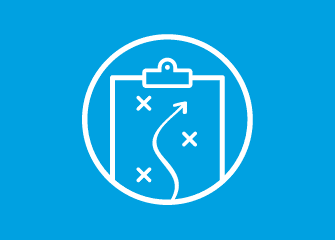5 customer loyalty program trends to look out for in 2020
Loyalty programs have had to adapt because of the ever-increasing competitive market. To retain customers, loyalty programs are implementing new and creative ideas—ensuring that the value perceived by customers remains high. Loyalty programs have come a long way from the well-known punch cards or getting a free product/service after the Xth visit. Based on this, companies should be aware of the new upcoming customer loyalty programs trends that are going to appear in 2020:
1. GDPR enforcement: The General Data Protection Regulation (GDPR), enforced since May of 2018, is an EU regulation that aims to protect the personal information of all individuals in the European Union to ensure their privacy. For a company to be able to use an individual’s personal information, they have to have that contact’s permission to do so. Because of the GDPR, companies will have to adapt their loyalty programs and communication strategies to attract customers and gain their consent to actually use their personal information if they want to continue increasing their customer database and gain valuable insights that will allow them to make intelligent business decisions. Companies have to keep a lookout for these kinds of regulations as many countries/continents have started imposing limits on customer information use.
2. Loyalty programs are rewarding more actions – and diverse ones – that take place in the sales cycle rather than just rewarding the purchase itself. Companies understand that every customer is different and may have unique and specific behaviors. So incentivizing different behaviors and rewarding them as well not only helps customers progress down the sales but also it recognizes their likes and preferences, what they value and how they behave. For example, imagine you give customers the possibility to choose how they earn points by rewarding 3 different paths with points: total spend, average purchase transaction size, and frequency. Allowing for customer choice gives them the freedom to determine how they want to demonstrate what they perceive to be the value of their relationship with you.
3. Simplification is also an upcoming trend, aiming for short-term satisfaction and redemptions rather than the long-term accumulation and saving up of points. Loyalty programs are now incentivizing specific behaviors that lead customers to more short-term redemptions – for example, cashback, discounts, surprise and delight instances, etc. Companies are going for these shorter-term objectives because the alternative is harder to administer and is more costly. So many companies are choosing solutions that allows for the delivery of vouchers, discounts, rebates and cashback – solutions that today, Fielo can offer.





